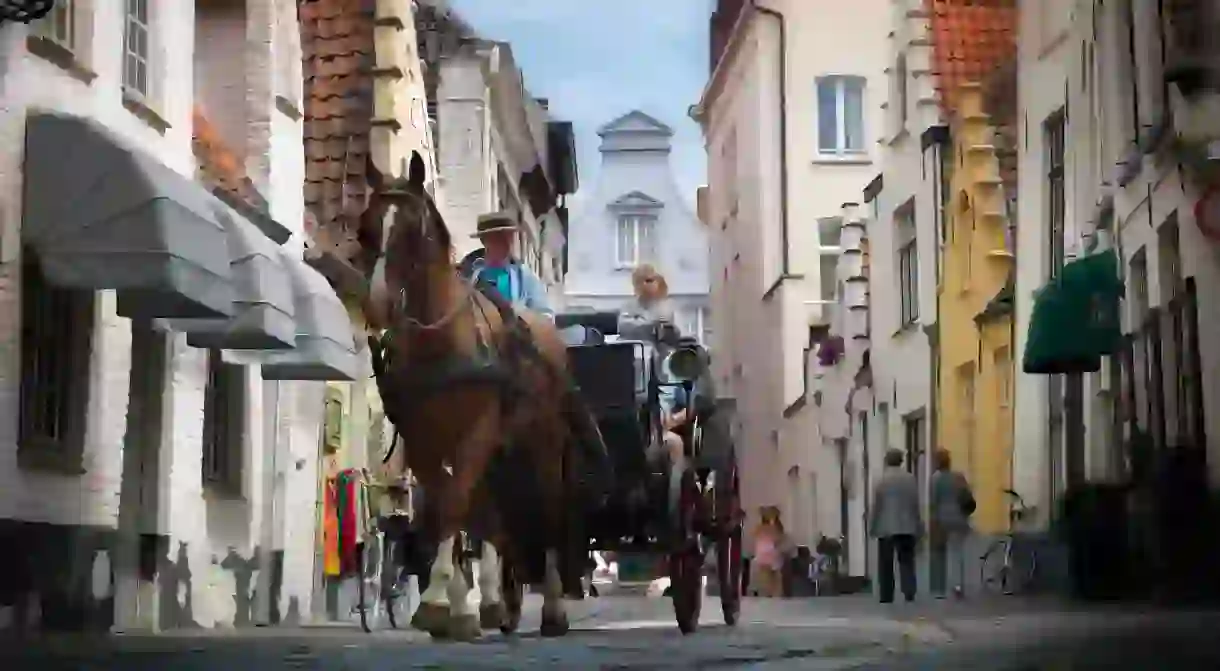Must-Visit Places To Explore Belgian History

Since a country’s history kicks off long before artificial borders are drawn on a map, many of Belgium’s premier historic places came to be long before its flag or first government did. From wondrous caves millennia in the making to an opera house that accidentally lit the spark of the small country’s revolution, these seven monumental places are steeped in Belgian history.
The Lion's Mound in Braine-l'Alleud, Waterloo
The Medieval Center of Bruges
The Groeningemuseum
Bridge, Church, Museum

The Ardennes Caves
Stalactites, stalagmites, and limestone curtains give the caves in the wooded areas of the Ardennes an otherworldly feel, even if some of these curiosities have been part of the world since before our modern calendar era. Formed by millennia of constant water erosion, caves like those of Han-sur-Lesse, Remouchamps, and Hotton tend to leave their visitors awed with the sheer creative forces of nature.

Plantin Moretus Museum
Museum, Library

Flanders Fields and the Ypres Salient
During the First World War, Belgium once again found itself as a strategic pawn between larger superpowers. Though greatly outnumbered, Belgian forces at first succeeded at keeping the German troops from a speedy assault on France – the Belgian part in the war would mainly be defined by a muddy, miserable stalemate at the Ypres Salient. Ypres’ countryside is still dotted with cemeteries, trenches, and mine craters. The In Flanders Fields Museum gives an impressive look at the Great War’s course while the air at the Menin Gate Memorial reverberates every evening with trumpet sounds. At 8 p.m., without fail, the buglers pay homage to the fallen soldiers during The Last Post.
In Flanders Fields Museum, Grote Markt 34, 8900 Ypres, Belgium, +32 57 23 92 20

La Monnaie














